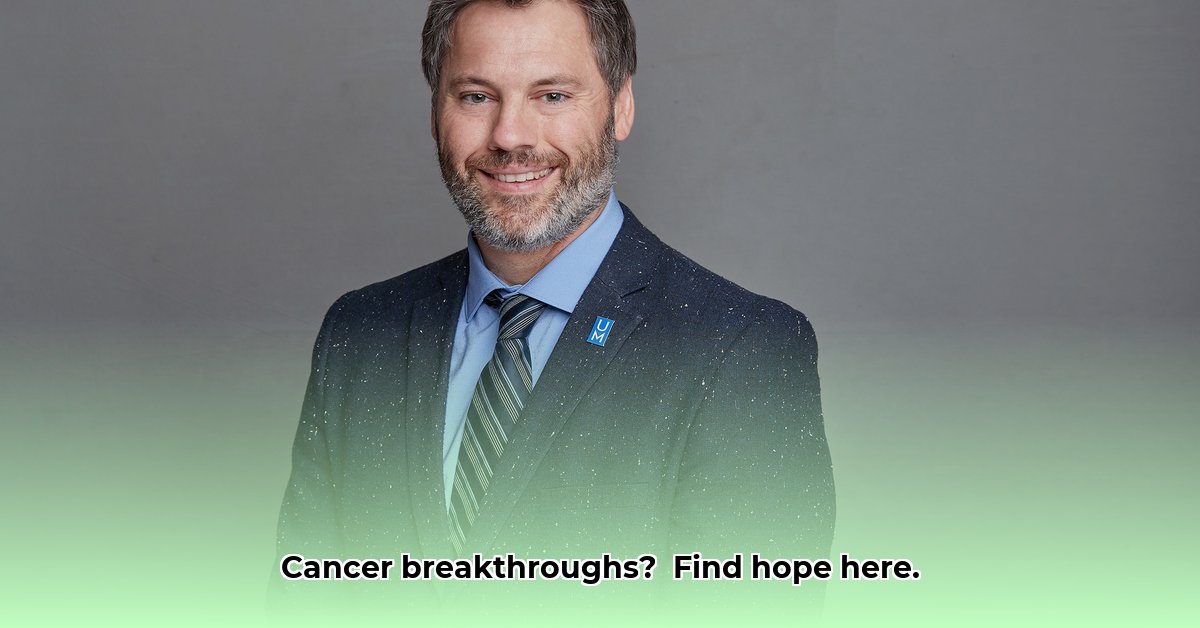
Comparing Oncology and Orthopedic Care: A Case Study
Choosing the right doctor can be a daunting task, especially when facing serious health concerns. This article compares the approaches of oncologists, exemplified by Dr. Robert Havard's practice in Visalia and Hanford, with those of other specialties, such as orthopedics. This comparison aims to illustrate the nuances of different care delivery models and empower both patients and healthcare professionals to make informed decisions. Understanding these differences helps navigate the complex landscape of modern healthcare.
Technological Focus: Precision Instruments vs. Personalized Pathways
A key difference lies in the technological emphasis. Orthopedics, particularly in areas like joint replacement, increasingly utilizes advanced technologies such as robotic-assisted surgery and sophisticated imaging for precise procedures and faster recovery. However, while oncology employs advanced imaging (PET scans) and radiation therapies, its technological advancements often occur at a slower pace compared to surgical specialties. Dr. Havard's practice, situated within a larger healthcare system, likely leverages cutting-edge diagnostic tools and treatments available within that network. Yet, the core of his practice emphasizes a personalized approach – carefully analyzing each patient's unique circumstances to create a treatment strategy. This isn't a lack of technological sophistication, but rather a reflection of how technology is best used within the context of cancer care.
Patient Experience: The Human Touch in Different Settings
Both Dr. Havard and other specialists strive for excellent patient care. Yet, the style of care can vary. Many orthopedic practices highlight personalized interaction, detailed explanations, and readily available support. While specific patient testimonials for Dr. Havard's practice may be less publicly available, his affiliation with a larger healthcare system suggests a structured, systematic approach prioritizing efficient coordination and access to resources. This doesn't imply a lack of compassion, but rather a different emphasis, balancing personalized care within a broader network. The experience might be analogous to the difference between a bespoke tailor and a high-quality department store: both deliver excellent service, yet the interactions subtly differ.
Care Delivery Models: Standardized Protocols and Individualized Solutions
The differences in care delivery are rooted in the nature of the conditions treated. An orthopedist often performs a limited set of procedures, allowing for high specialization and efficiency. Dr. Havard, however, tackles the diverse complexities of cancer and blood disorders, each demanding a unique approach tailored to the individual patient within the framework of established treatment protocols. Furthermore, the resources and support systems of a larger healthcare network undoubtedly shape his care delivery. This integration facilitates referrals and access to advanced tools, supporting interdisciplinary collaboration. However, it might also mean longer wait times for appointments and less one-on-one time compared to a smaller, independent practice. This shouldn't diminish the value of his care within this system.
Actionable Insights for Stakeholders
Understanding the nuances of these approaches benefits several stakeholders:
Patients (Joint Replacement): Thoroughly research the surgeon's experience, technological expertise, and read patient reviews. Actively participate in post-operative care and address any concerns promptly.
Patients (Oncology): Seek referrals to reputable hematologists/oncologists, and ask detailed questions about treatment plans. Actively participate in decisions, seek second opinions if needed, and focus on maintaining quality of life.
Healthcare Systems: Prioritize open communication, efficient referrals, and access to specialized care; invest in cutting-edge technologies & support research while emphasizing a holistic patient-centered approach.
Medical Professionals: Encourage collaboration, knowledge-sharing, and evidence-based practices; stay updated on advancements and participate in continuing education.
In summary, while Dr. Havard's oncology practice and orthopedic practices represent differing care delivery models, both are committed to high-quality care. However, the unique challenges of oncology and the efficiency of specialized surgical fields shape their approaches. Understanding these variations empowers patients to make informed choices that align with their needs and preferences. The ongoing evolution of medicine requires ongoing research and personalized decision-making in cancer care and beyond.